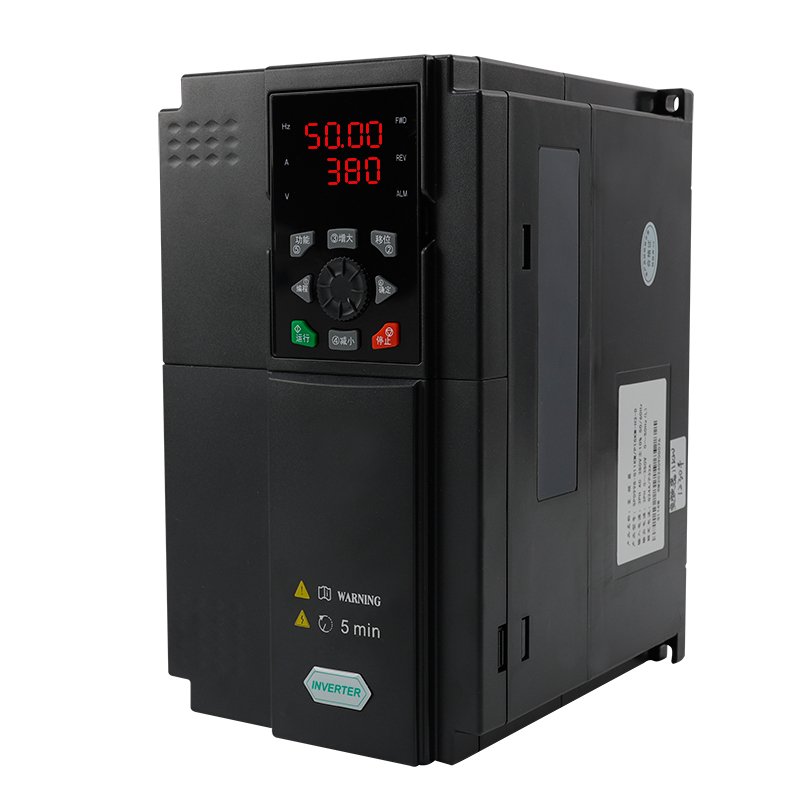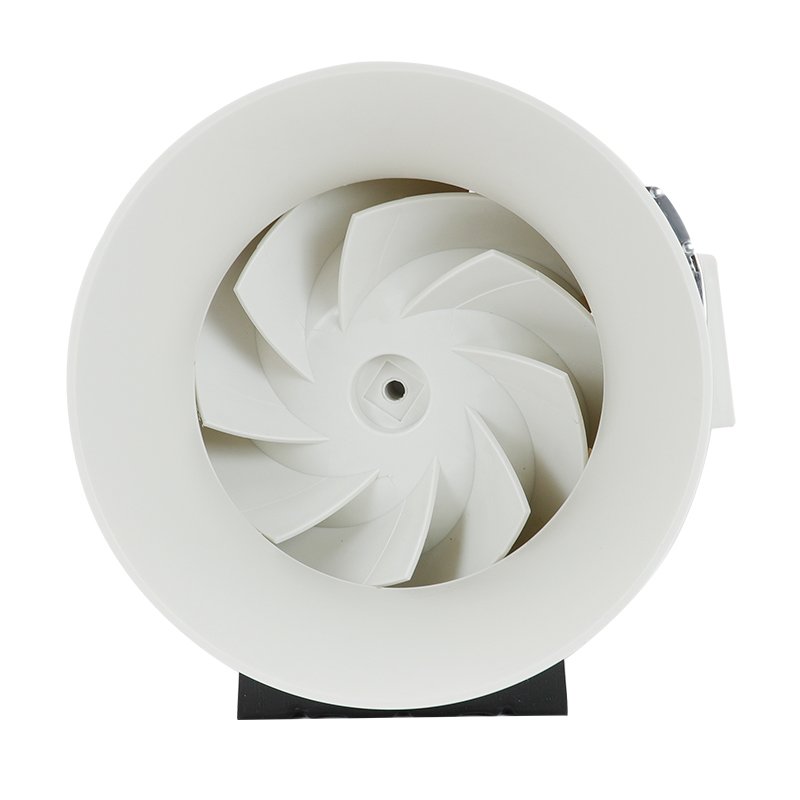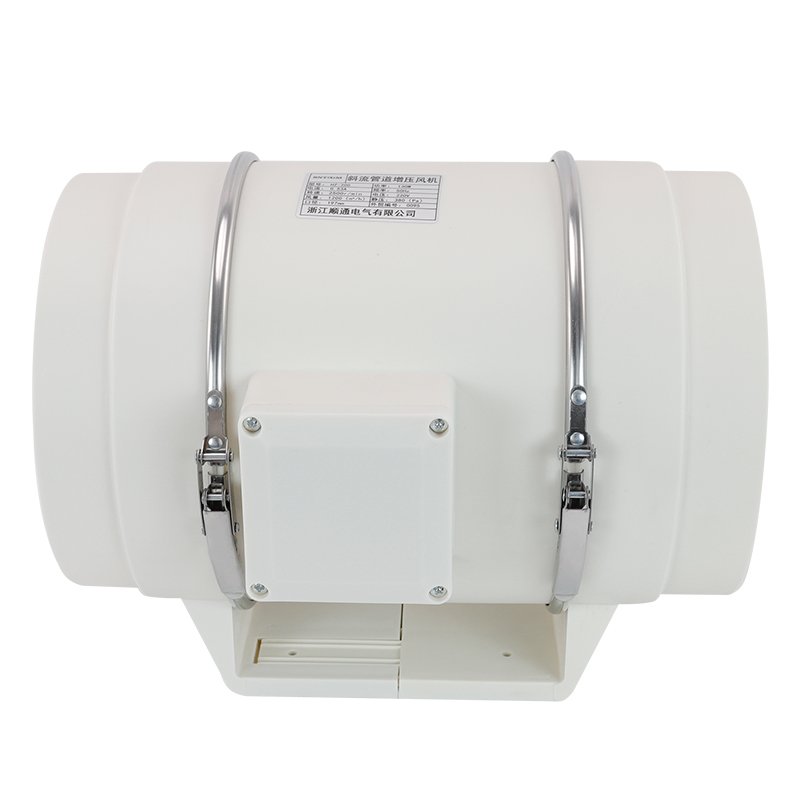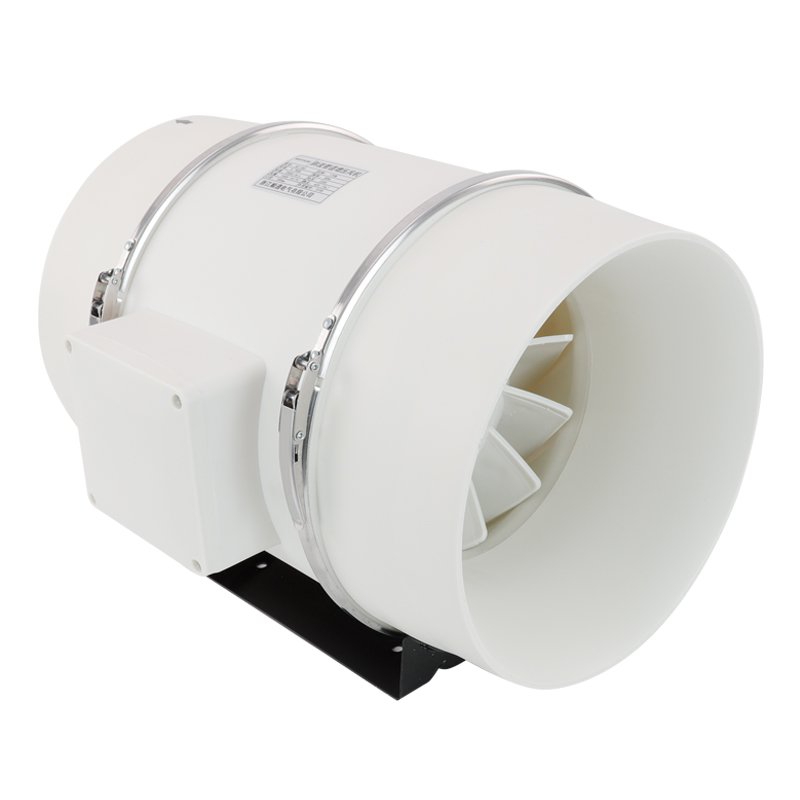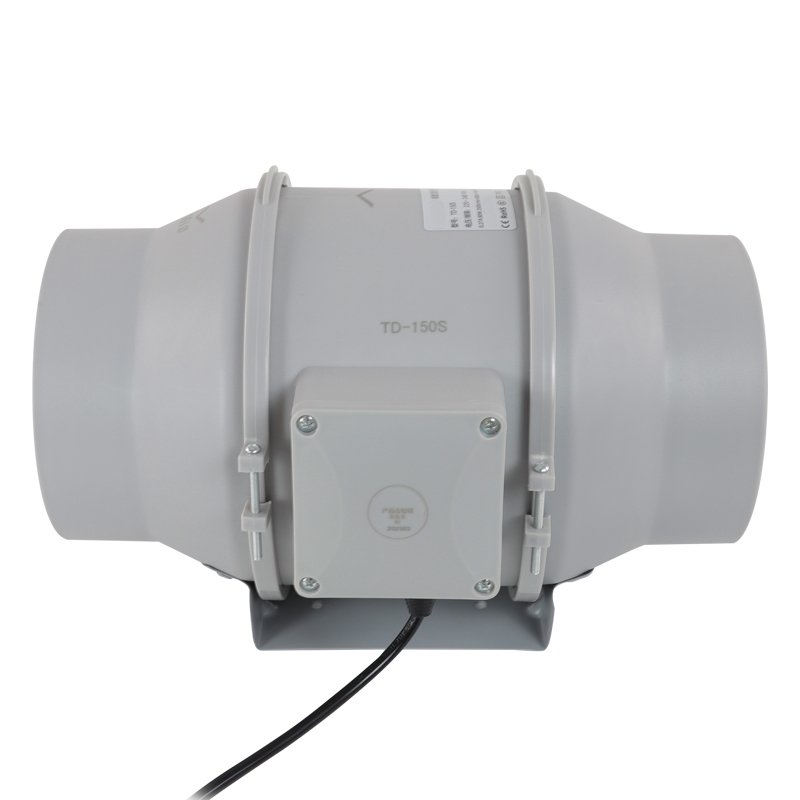Centrifugal fans are widely used in various industrial applications for moving air or gases. To select the right centrifugal fan for a specific application, it is essential to determine the required airflow rate, typically measured in cubic feet per minute (CFM). Calculating the CFM of a centrifugal fan involves considering several factors such as the fan’s dimensions, speed, and static pressure.
Methods for Calculating Centrifugal Fan CFM
Using Fan Performance Curves
Manufacturers provide performance curves for their centrifugal fans, which plot the relationship between CFM and static pressure at various fan speeds. To determine the CFM using a performance curve:
- Identify the required static pressure for your application.
- Find the fan speed curve that intersects with the static pressure point.
- Follow the curve to the left until it intersects with the CFM axis to determine the airflow rate at that static pressure and fan speed.
Theoretical CFM Calculation
In the absence of a performance curve, you can estimate the theoretical CFM using the fan’s dimensions and speed. Use the following formula:
CFM = (π × D × W × N × C) / 4
Where:
- π is pi (approximately 3.14159)
- D is the wheel diameter (in feet)
- W is the wheel width (in feet)
- N is the fan speed (in RPM)
- C is a coefficient that accounts for various factors, typically ranging from 0.45 to 0.75 (use 0.6 for a rough estimate)
For example, consider a centrifugal fan with a wheel diameter of 18 inches (1.5 feet), a wheel width of 6 inches (0.5 feet), and a speed of 1,750 RPM. Using a coefficient of 0.6, the estimated CFM would be:
CFM = (3.14159 × 1.5 × 0.5 × 1,750 × 0.6) / 4 ≈ 981
Keep in mind that this is a theoretical estimate, and actual CFM may vary due to factors such as static pressure and system losses.
Field Measurement
For the most accurate determination of a centrifugal fan’s CFM, field measurements can be conducted using specialized instruments such as anemometers or pitot tubes. These devices measure air velocity at various points across the fan’s inlet or outlet, which can then be used to calculate the average velocity and CFM.
To measure CFM using an anemometer:
- Measure the cross-sectional area of the fan’s inlet or outlet.
- Divide the area into equal sections and measure the air velocity at the center of each section.
- Calculate the average velocity by summing the individual velocities and dividing by the number of measurements.
- Multiply the average velocity by the cross-sectional area to determine the CFM.
For example, if the average air velocity across a 2 square foot inlet is 1,200 feet per minute (FPM), the CFM would be:
CFM = 1,200 FPM × 2 ft² = 2,400 CFM





